Dive Deep Into Reality’s Rabbit Hole With Layers of Perception
Exploring the Intricacies of Perception Layers in Fantastic Voyage
Fantastic Voyage, the 1966 sci-fi classic, doesn’t just deliver an adventurous miniaturized journey inside the human body; it serves as a fascinating case study on how perception layers blur the line between reality and imagination. This film invites viewers to dive into a world where scale, time, and perspective twist in extraordinary ways, challenging our understanding of what is real. The concept of perception layers is deeply woven into its narrative, provoking thought on how different vantage points shape our interpretation of the same environment.
The journey of the crew, shrunk to microscopic levels, highlights how every shift in scale redefines the rules and colors our perception. It’s an early cinematic exploration that nudges us to question how reality itself can be multi-faceted, filtered through layers of sensory and cognitive processing. Let us embark on an exploration of Fantastic Voyage through the lens of perception layers and unravel how this film pioneered mind-bending visual storytelling.
The Science Behind Perception Layers in Fantastic Voyage
Fantastic Voyage uses the scientific premise of miniaturization not merely as a gimmick but as a medium to explore layered perceptions of reality. Each scene inside the human body acts like a new lens, shifting viewer interpretation and heightening curiosity.
Microcosm Meets Macro Perception
When the submarine and crew shrink, the human anatomy transforms from a passive environment into a vast, alien landscape. This contrast between micro and macro perception layers alters how the characters—and through them, the audience—relate to familiar biological structures.
– Red blood cells become colossal obstacles to navigate.
– Veins and arteries resemble vast tunnels and caverns.
– Cellular processes turn into dynamic, breathtaking phenomena.
This recontextualization exemplifies how perception layers depend on relative scale and perspective, reshaping reality continuously.
Perception Layers as Narrative Anchors
The interplay of perception layers functions as a narrative device that both grounds and disorients. While the shrinking technology grounds the story in science fiction, the shift through perception layers gives rise to surreal experiences:
– Fluid dynamics inside the bloodstream feel like rapid rivers or whirlpools.
– Immune responses appear as looming threats or massive attacks.
– Time seems dilated and compressed, affecting tension and pacing.
The layering of real scientific elements with imaginative visualization makes Fantastic Voyage a pioneer in integrating perception layers to deepen storytelling.
Visual Storytelling: How Perception Layers Shape Audience Experience
The movie excels in translating perception layers into visually compelling scenes that grab the viewer’s attention and make abstract concepts tangible.
Innovative Cinematography Techniques
To convincingly project the layers of perception, the film uses clever practical effects and camera work. Some fascinating approaches include:
– Macro photography techniques to magnify actual biological structures.
– Miniature models and sets to simulate the submarine’s perspective.
– Slow-motion sequences to illustrate internal bodily processes.
Together, these techniques create a visual journey that mirrors layered perception: from the outside world into microscopic depths, every frame offers a fresh angle to decode.
Audience Engagement Through Shifting Reality
The way perception layers are depicted compels viewers to actively participate in reconstructing reality alongside the protagonists. The constant shifts promote a heightened awareness of how perspective controls interpretation.
– Spectators reassess their assumptions about scale and distance.
– Emotional investment intensifies with each new visual “layer” unveiled.
– The narrative becomes a puzzle of perspective, keeping attention heightened.
This interactive aspect is a testament to how expertly Fantastic Voyage weaves perception layers into its cinematic fabric—encouraging immersive engagement.
Philosophical Dimensions: Perception Layers and Reality Distortion
Fantastic Voyage extends beyond science fiction, provoking reflection on deeper philosophical themes related to perception layers and the nature of reality itself.
The Subjectivity of Experience
By repeatedly shifting scales and perspectives, the film highlights that reality isn’t a fixed constant but a construct shaped by observer standpoint. Every character’s reality is filtered through individual perception layers, suggesting the universe may be infinitely interpretable.
– What is dangerous or vast depends on one’s scale of perception.
– Familiar environments transform into unknown territories simply by changing viewpoint.
– The film challenges the notion of an absolute, objective reality.
Reality Distortion and Cognitive Processes
The film also opens a window into how cognition processes incoming sensory information and assembles a version of reality. Fantastic Voyage’s perception layers demonstrate that what we experience is always partially constructed.
– Our senses and brain filter, prioritize, and interpret stimuli.
– The crew’s survival depends on adapting to new perception layers.
– Reality distortion serves as both a narrative tool and a metaphor for human consciousness navigation.
These layers provide a compelling metaphor for understanding how complex and fluid reality truly is based on perception frameworks.
Legacy of Perception Layers in Sci-Fi and Media
Fantastic Voyage’s innovative use of perception layers has informed many subsequent works in science fiction, influencing how movies and shows handle subjective reality, scale, and immersive experience.
Inspiring Visual and Narrative Techniques
Many iconic sci-fi films owe a debt to Fantastic Voyage’s pioneering portrayal of layered perception:
– Inception (2010) explores nested dreams layering realities.
– Ant-Man (2015) plays with scale and perspective shifting like a modern Fantastic Voyage.
– The Matrix (1999) manipulates perceived realities and cognition layers.
These works build upon the foundational idea that perception layers can serve as powerful storytelling tools, twisting audience expectations and offering new experiential possibilities.
Applications Beyond Entertainment
Beyond cinema, understanding perception layers also influences advancements in technology and education:
– Virtual reality experiences simulate multiple layers of perception to deepen immersion.
– Medical imaging and interactive 3D visualizations build upon the concept of re-contextualizing scale and perspective.
– Cognitive science research on perception contributes to AI and robotics design.
Fantastic Voyage’s imaginative exploration continues to resonate, inspiring creative and scientific ventures alike.
Behind the Scenes: Fun Facts About Fantastic Voyage
Delving into the making of Fantastic Voyage reveals intriguing tidbits that illuminate how the filmmakers engaged with perception layers even offscreen.
Cutting-Edge Effects of the Era
– The special effects team used painstakingly crafted miniatures and models to portray the interior of the body.
– The film’s visual effects won critical acclaim for achieving a believable microcosmic journey before CGI existed.
– Techniques inspired by actual scientific images like electron microscopy were employed to create authentic perception layers.
Science Advisors and Authenticity
To weave credible science into the story, experts including physicists and biologists consulted with the filmmakers. Their input ensured that the portrayal of internal anatomy, fluid mechanics, and cell behavior respected real scientific principles, lending depth to the film’s layers of perception.
Title and Sound Design
– The movie’s title itself hints at an extraordinary journey, inviting curiosity about perception layers.
– The sound design mimicked internal body sounds, amplifying immersion and reinforcing layered reality sensing.
These production elements underpin Fantastic Voyage’s lasting appeal and influence, crafting a multi-sensory experience that deepens engagement with its exploration of perception layers.
Revisiting Perception Layers: Why Fantastic Voyage Remains Mind-Bending Today
Decades after its release, Fantastic Voyage challenges and delights audiences by continuously inviting reinterpretation of reality’s fabric through perception layers.
The film exemplifies how science fiction can extend beyond escapism to probe fundamental questions about reality, consciousness, and perspective. Its inventive depiction of perception layers foreshadowed the rise of meta-narratives and subjective realities in modern storytelling.
Whether you’re a sci-fi aficionado or a curious explorer of the mind’s mysteries, Fantastic Voyage offers a rich tapestry of ideas and visuals that celebrate how multifaceted reality can be.
Embrace the voyage by revisiting this classic with fresh eyes and consider your own layers of perception. How do different viewpoints shape your understanding of the world and yourself? Take that curiosity further by exploring related science and cinematic works that deepen this fascinating dialogue.
For more on the science of perception and reality distortion in film, visit the [Science & Film section at the Museum of the Moving Image](https://movingimage.us/exhibitions/science-and-film/).
Embrace Your Own Journey Through Perception Layers
Fantastic Voyage teaches us that reality is more fluid and layered than it might first appear, encouraging open-mindedness and wonder. The film’s brilliant use of perception layers not only entertains but enriches our appreciation of cognitive complexity.
Dive back into Fantastic Voyage and reflect on your own mental voyages across perception layers. Share your favorite mind-bending movies and thoughts on how perspective shifts have expanded your understanding in the comments below.
Ready to explore further? Watch Fantastic Voyage again, look through a microscope, or try an immersive VR experience—and be amazed how each new perception layer reveals a fresh universe. Life’s a voyage—make yours fantastic!


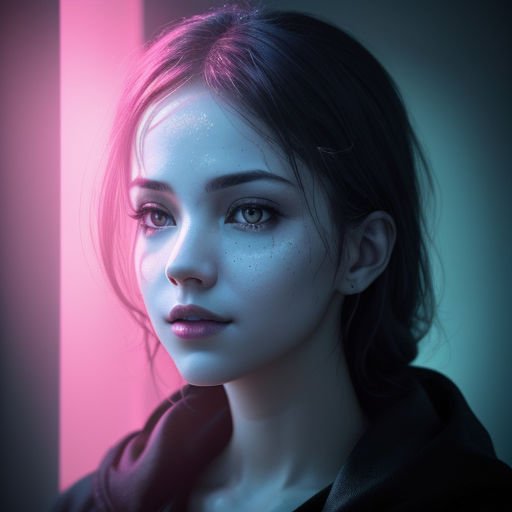
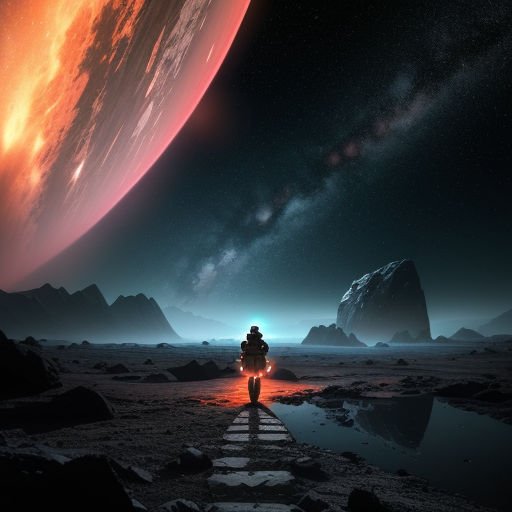

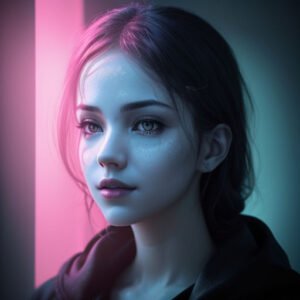
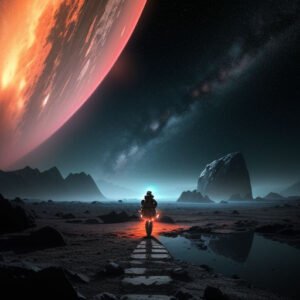


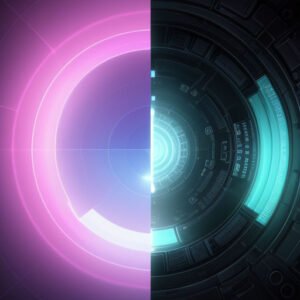
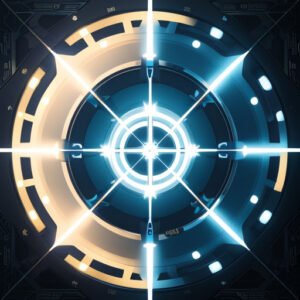

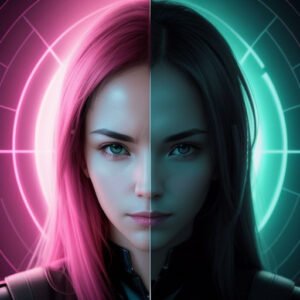
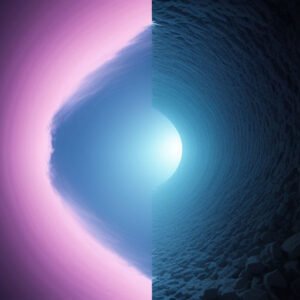
Post Comment